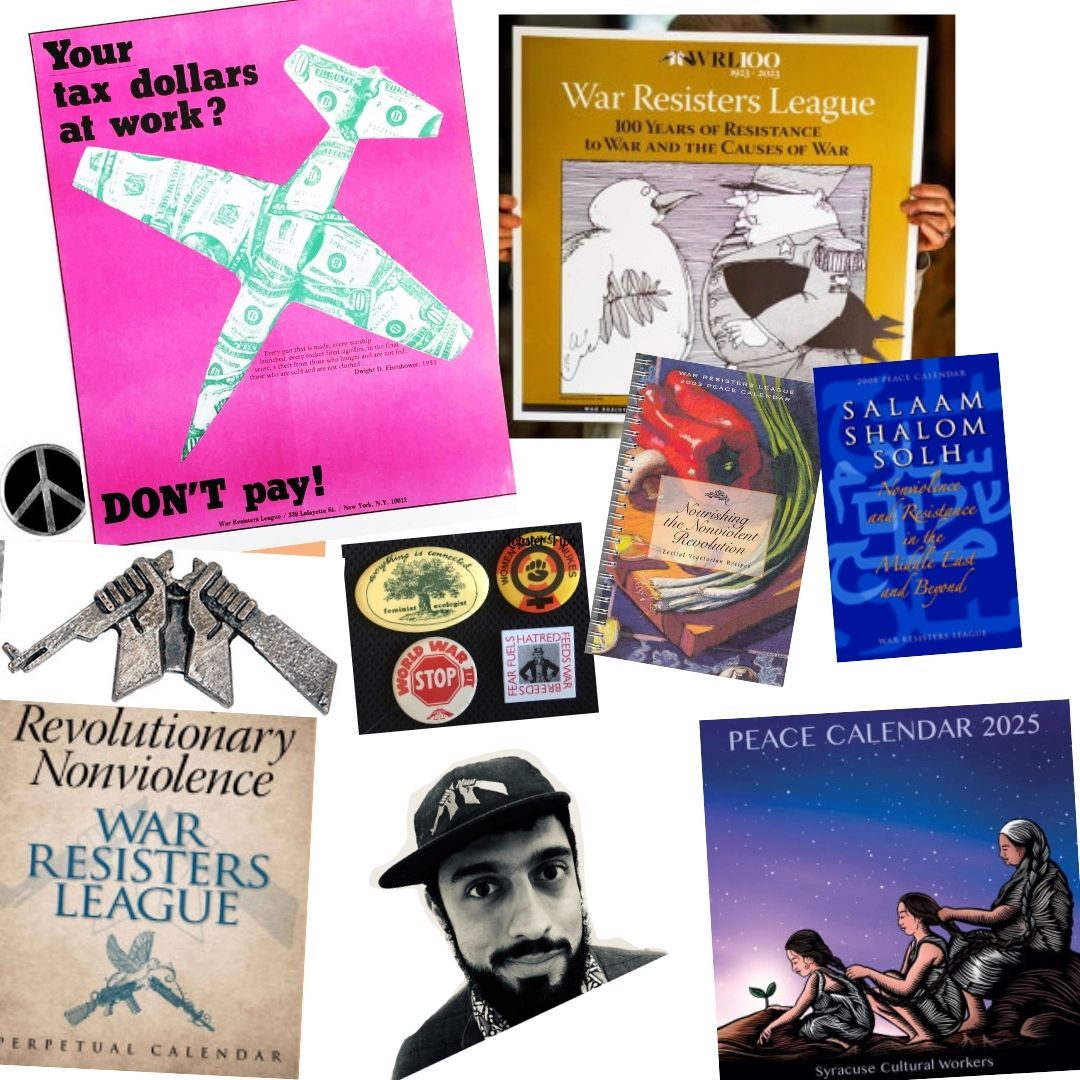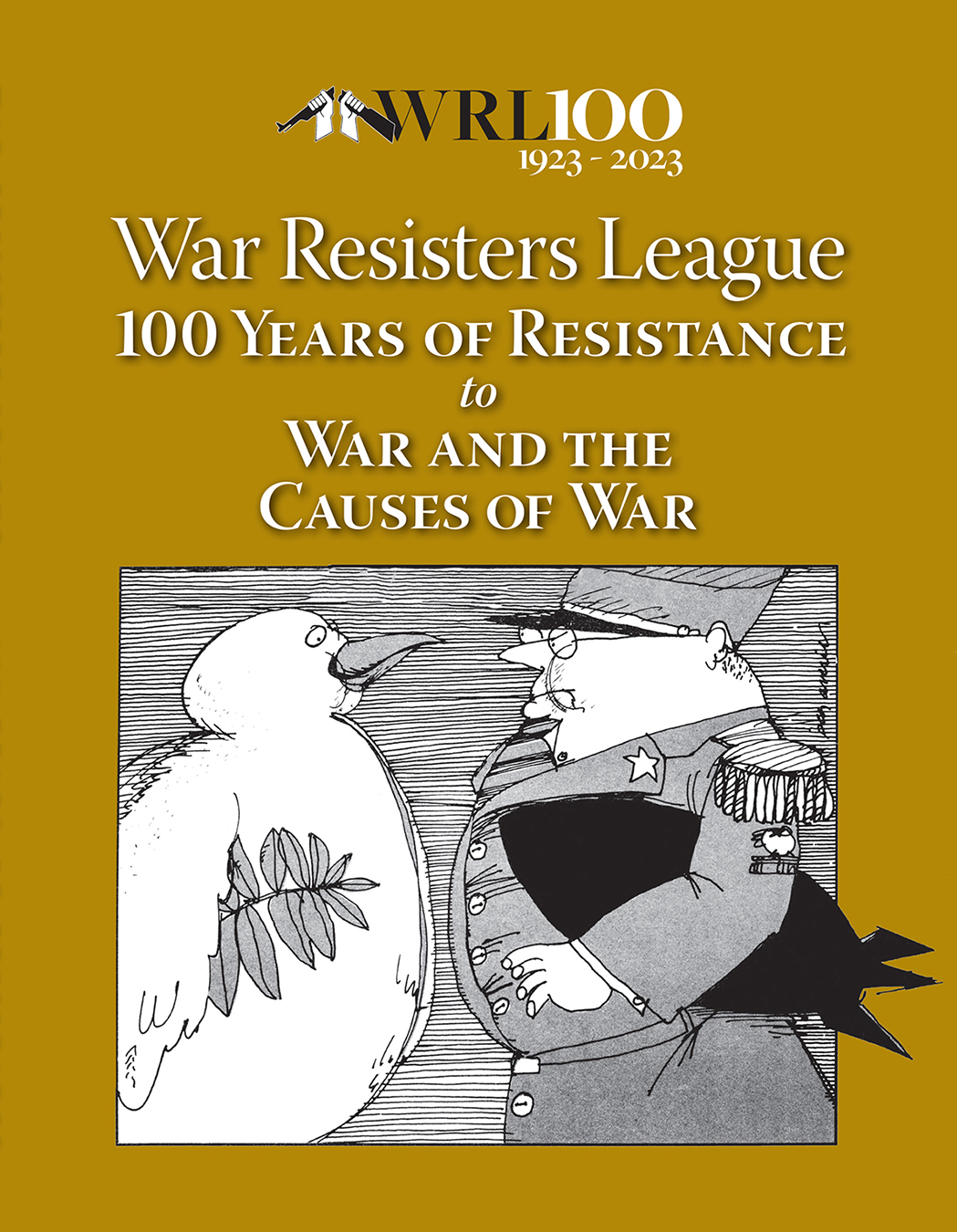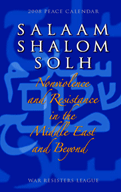Nobody drew a blank on this question. Our interviewees had plenty of ideas about what the movement lacks. Some organizers first reacted to the question by distinguishing between a pro-peace movement and an antiwar movement, and a few disputed the use of the term movement at all, questioning whether we have a solid enough base of people taking collective action to warrant the term. Most interviewees see a fundamental shortage of active participants and a lack of strategies for plugging newcomers into productive roles. Many suggested that the movement is out of touch, and a few folks floated the idea of a different listening project that interviews people from constituencies we want to work with—who don’t identify as activists. In the same vein, many interviewees said we lacked organized bases of support, adequate consultation with communities, and messages and images that reach beyond the choir. Some cited a lack of visible movement leaders who are recognized and respected by large numbers of people in society. Most people said that we lack strategy, both in terms of an overarching framework and short—term winnable campaigns. Also named as lacking: skilled organizers, leadership development programs, institutional memory, staffing, resources, and funding.
In my introduction to the antiwar movement there was a real dearth of strategic thinking. You just do a symbolic direct action, and—in and of itself—it was supposed to do… I don’t know what it was supposed to do. It was more like it was a personal rite of passage than that it had any connection to actually ending the war.
—Kate Foran, Voluntown Peace Trust
We’re not able to identify our common goals nationally. People kind of grab at straws. They say, “Let’s do a boycott!” not really understanding what it takes to really do a boycott. What does a moratorium really need to look like? If we’re going to stop business-as-usual, where and when? Strikes … what’s the strategy? I feel like people have ideas that they pull from history—“Well maybe we could do this, or this.”
The peace movement, which has produced generations of activists who go on to do all kinds of great things—hasn’t figured out a way to continue its training so that our organizing excellence is reflected in the ranks of organizations. And if you don’t have the organizing experience or training, then you can’t even begin to comprehend how to make a strategic impact, how to tell a story, how to base-build, all of that. We have to prioritize training and this kind of development much more than we do now.
—Aimee Allison, Army of None
For an action to have an impact, you have to explain it to the public and build support. You want to create a situation where there’s potential for even more people to step in next time. That’s what scares politicians: Maybe this will escalate, they might have momentum—this might get out of control.
If we send the message that we’re ten or 12 individuals, or we organize a protest with 150 people on a campus of 35,000, the message we’re sending to politicians and the public is that we’re isolated and marginal. Four or five years into this war, lacking the creative initiative to change course, if this is all we can muster, that’s not a powerful message. A demonstration should be a sign of your power. That means they can also function to signify your weakness too, if you don’t plan strategically.
—Nathan Paulsen, Students for a Democratic Society Twin Cities
We need long-term strategy. We’re always on the defensive, driven by events beyond our control. When I look back to my experience doing environmental health and justice work: we set the agenda. We would say, “We want to pass a bill to get rid of carcinogenic pesticides in California schools.” Then, come up with the campaign plan and execute it. Unfortunately, we operate in constant emergency mode in the antiwar movement. We have to step back. We have to look at a bigger picture. It’s hard to do that because you know this bill is coming up for vote in Congress and we need to be at their offices, or this is the month that students can opt out from recruitment, so you have to be there.
Many more people would get involved if they had a way in and if they felt like there were some victories. We’re not very good about marking our little victories. For example, one of our representatives signed the Declaration of Peace, so we thanked him at his town hall meeting. We’re getting flak some of our allies: “He’s not great,” “He’s not calling for impeachment.” That’s all very true, but if we can’t ever say that we won something… It seems like there’s a culture of “nothing’s good enough.” We need to have some space to celebrate.
—Kelly Campbell, September Eleventh Families for Peaceful Tomorrows
We are here in North Carolina at the largest military installation in the world—you would think peace groups would be breaking down our doors wanting to help and do things for us. But we have to beg people to come here, to have our rallies acknowledged. It doesn’t make sense.
—Debbie Liebers, Quaker House
We have to stop holding onto being a marginalized movement; we need a broader appeal. We need to preach beyond the choir, redefining what it means to win—for everybody. For me, “changing the story” has been a useful way to help activists move from a defeatist framework to a positive and inclusive narrative that isn’t only accessible to privileged people. Many people, particularly in a generation older than me, want to hang onto what is mostly a self-marginalizing model. They define movement work or “peace and justice” in a way that is never going to be popular. It cuts a lot of people out of the conversation right away. It doesn’t learn from and rely on things that have worked in other places, in terms of how people can be mobilized for change. We have to let go of these things that don’t really connect to possibilities of real change for everybody.
—Maryrose Dolezal, Fellowship of Reconciliation
The stuff we’re coming up with to do—the marches, the chants—a lot of it makes sense to people who have the context of professional activism, but wouldn’t be what Joe from Colorado would say. You know, “Let’s take a stand against military imperialism!” as opposed to “Fuck Bush!” There’s got to be some kind of happy medium. What would it look like, an antiwar movement that could really appeal to the masses? We’re not there yet. There’s so much disrespect for average folks who are not activists. Many activists think that if they were to go on the channels that would reach those people—if they would present their message in a way that works on MTV, not just Pacifica radio—that they would be selling out or diluting their message. But strategically, you need to go where people’s politics are being set. I don’t think the flyers—the small print breaking down the five points of imperialism—I don’t think that’s the way to do it. We create a movement that appeals to those in the movement already, rather than to those who need to come to it.
—Adrienne Maree Brown, Ruckus Society
We need to build leadership, particularly among young people of color. I think if you are interested or inspired by the antiwar movement and you go to a mobilization or you go to a couple of meetings, there is this wall you hit. It’s the same people running the meetings, or the same people are part of a few overlapping organizations. There are no stepping stones, no mentorship, no room to grow into involvement. There needs to be an “on—ramp” into leadership in the antiwar movement.
That is a problem with many organizations. After a while you just get disillusioned with it, and you say, “It’s not for me. I don’t feel like this is my space.” There has to be ownership of your role to play in the movement. This is a huge issue, ownership and leadership of people of color, because I see this gap between young people of color who get inspired and want to do something, but there’s no room or space to grow into it. We need to create that on-ramp to get people the skills they need to become more effective advocates and organizers.
—Xiomara Castro, Ella Baker Center
Next Section:
What prevents the emergence of a stronger, more coordinated, more strategic movement?





